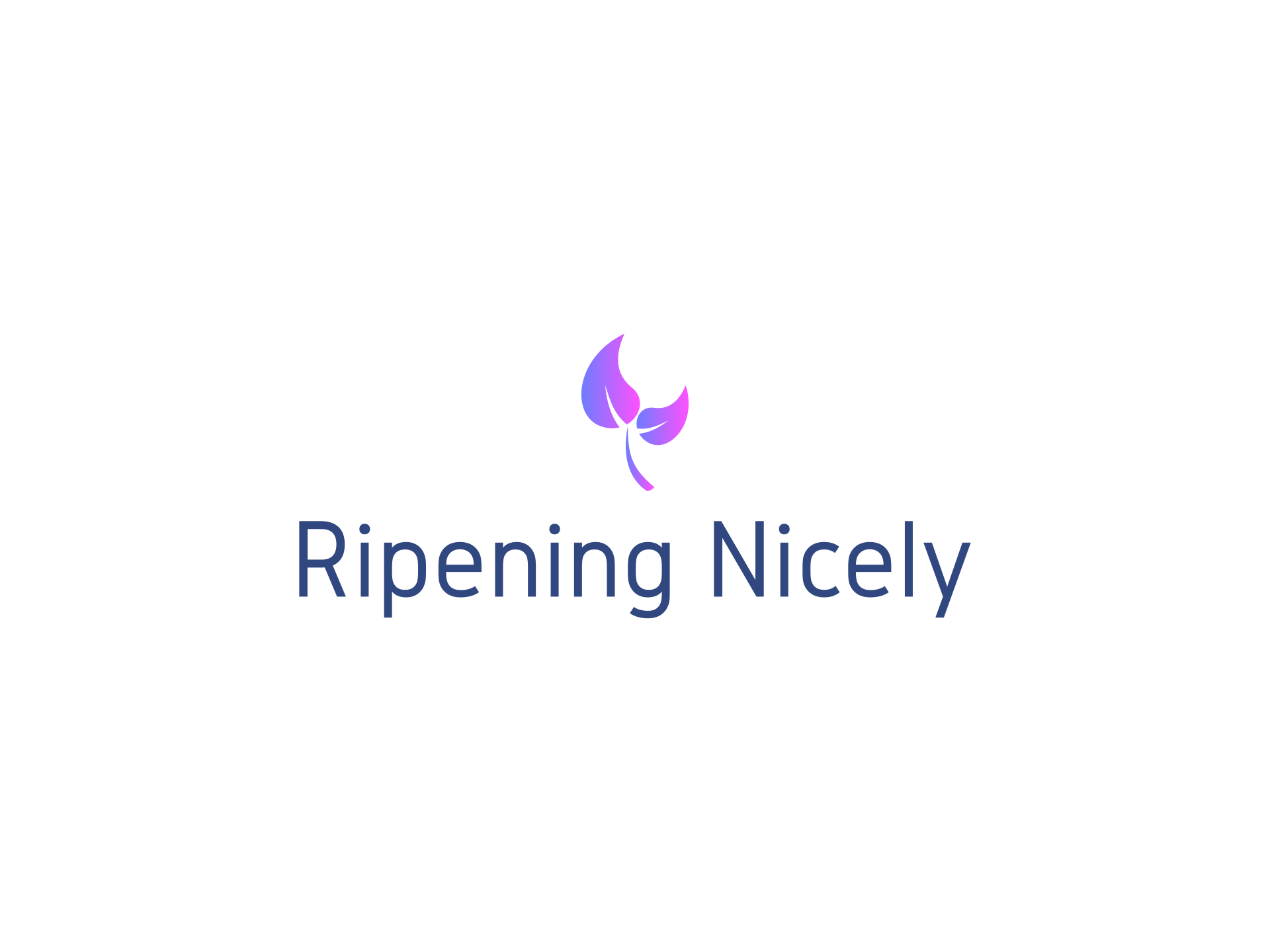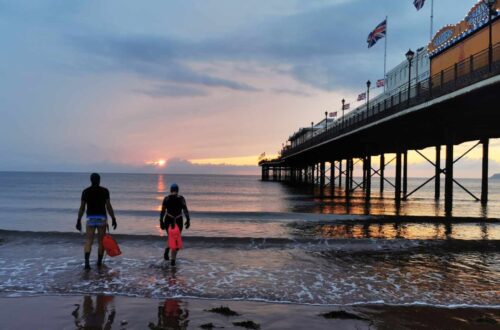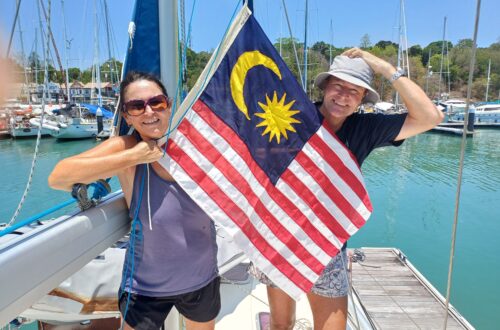
Mangoes in the Mangroves
We started the new year with an adventure into the mangroves. I’ve had my eye on this day out for a while – the dinghy route takes us from our anchorage at pretty Tanjong Rhu, up a river that gets progressively smaller until it joins up with its counterpart river on the other side, opening up to another river where I was anchored a couple of weeks ago.
George, our dinghy with 15 horsepower outboard, is well suited for this kind of exploring. The protected flat water is perfect for zipping along at 15 knots or so.

When I was a kid I used to get mangroves and mangoes mixed up. It’s strange to think that in those pre-globalisation days, you couldn’t buy tropical fruit year-round, but feasting on mangoes during our Fiji holidays was a good enough fix. As I type that, I realise that bananas from Ecuador were always available. I guess, that’s thanks to the curious economics of banana republics.
In Fiji, we would inevitably see mangroves also, and as a kid I never quite understood why we never saw mango fruit growing on the mangrove trees.


The round trip is about twelve nautical miles. The mangroves close in to such a point that it’s just wide enough for tourist boats to pass each other, and beyond that, to the “grand canyon of Langkawi”. I haven’t seen the other grand canyon, but I assume it’s bigger than this one. What it lacked in size, it made up for in a strong current whizzing through, presumably changing direction with the tide.


This area is part of the UNESCO Geopark and is well-visited by tourist boats. I’m not a fan of attractions that alter the behaviour of wild animals, but it’s hard not to be impressed by the spectacular displays when the tourist boats feed the White Bellied Sea Eagles and Brahminy Kites (also called the red back sea eagles). At any time, there’s thirty or more gigantic birds swooping down to pick up titbits that the guides chum into the water using their outboard engines.


Likewise, I’ve seen enough monkeys that’ve become aggressive around tourist areas. The joke in Thailand is that every island has a “monkey beach”. And a rabies clinic. At least the ones hanging around the mangroves seem quite dosile – even getting on to the boats (not George!), collecting finger bananas and calmly leaving. Apparently, they tolerate, rather than like, swimming, but it’s not totally uncommon to see monkeys swimming across small creeks.
The highlight of the trip was the Crocodile Cave. Don’t worry, there’s no crocodiles in this part of Malaysia outside of the handbag shops, but the obvious ‘Bat Cave’ name was already taken. Several times over. It’s pretty cool how a river can flow; both ways depending on the tide; under a hill.


It reminded me a bit of the cave a few miles from Koh Panyee, on of my favourite spots in Thailand. Check out the photo in our earlier blog Life Afloat – Ripening Nicely

I was surprised just how much fuel we used- guzzling through almost half a tank. I checked online and found the official figures for our outboard is about seven litres of petrol per hour. For 15 horsepower, it seems pretty high compared to Aroha’s 40 horsepower Volvo diesel using about 2 litres per hour.
One of the boats I used for powerboat driver instructing last year had a huge 300 horsepower outboard, and a display showing real-time fuel consumption. For the high speed part of the training, we’d use about 60 litres per hour. I just checked online, and apparently that engine at WOT uses twice that!
WOT? That’s actually a real engineering term that sounds like a bogan made up. It means ‘Wide Open Throttle’.
A few years ago, I upgraded Patches by adding anti-cavitation fins. These sit above the propeller and below the waterline, reducing the air that can get sucked around the propellor, which can cause loss of power. They’re supposed to improve fuel efficiency, which I don’t really have a way of measuring, but they make it quicker to get on the plane and improve tracking (steadiness) at planning speeds.
At about the same time, I added flip-down wheels. I chose a Kiwi brand, “Beachmaster,” which I liked so much that I transferred them from Patches to George. They make it easier to pull George up a beach.


Pulling George up a beach is exactly what we did on our way back to Aroha. I’d promised Helen a sunset cocktail at the local resort a few nights back, only to be thwarted by the posh resort’s strict “resident’s only” policy. We settled for a couple of fresh fruit juices and a sliced mango (not mangrove) on the pretty white sand beach, overlooking George and Aroha in the background.
Follow and like us to be notified of future blogs!
www.facebook.com/ripeningnicely






